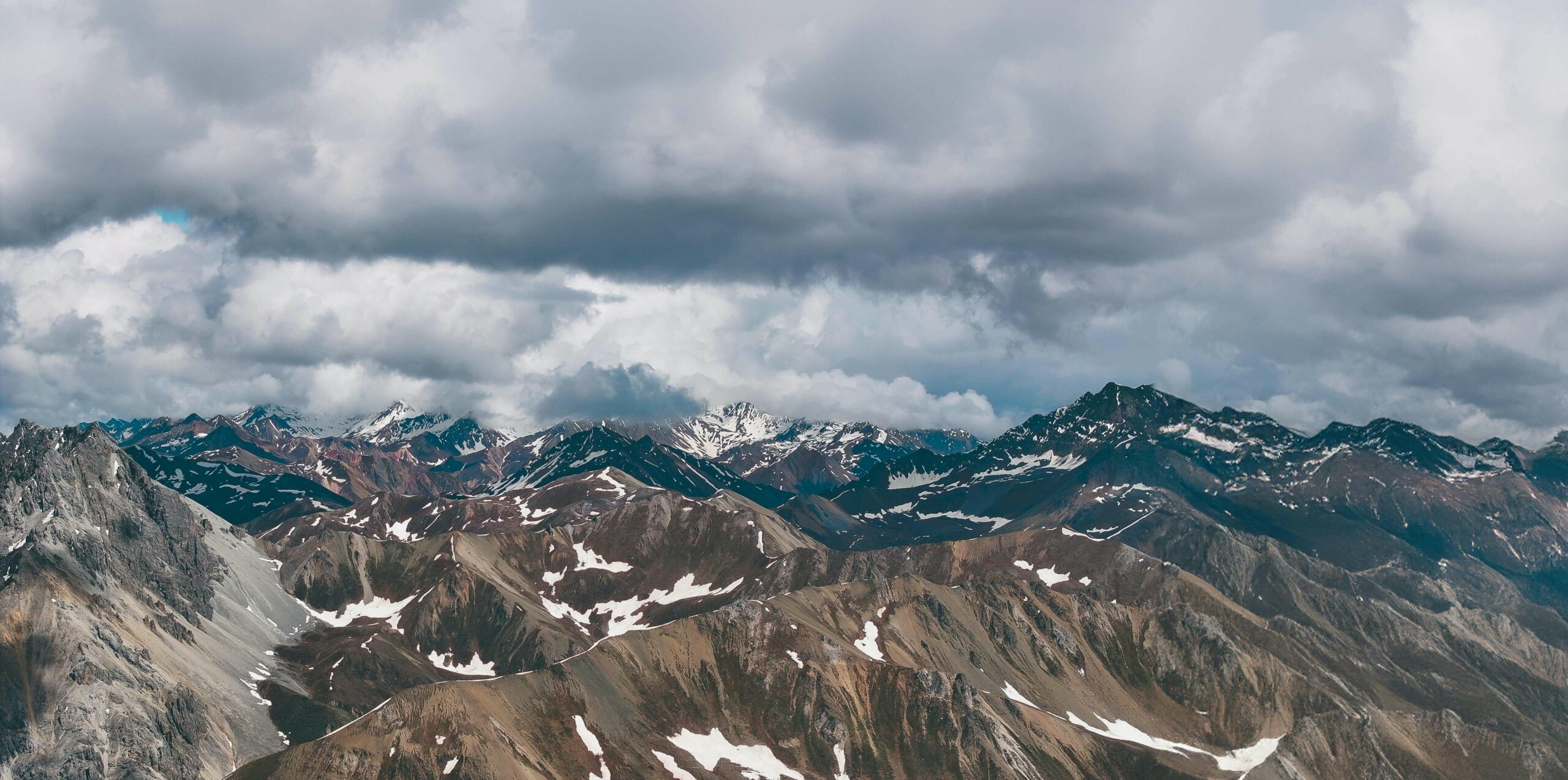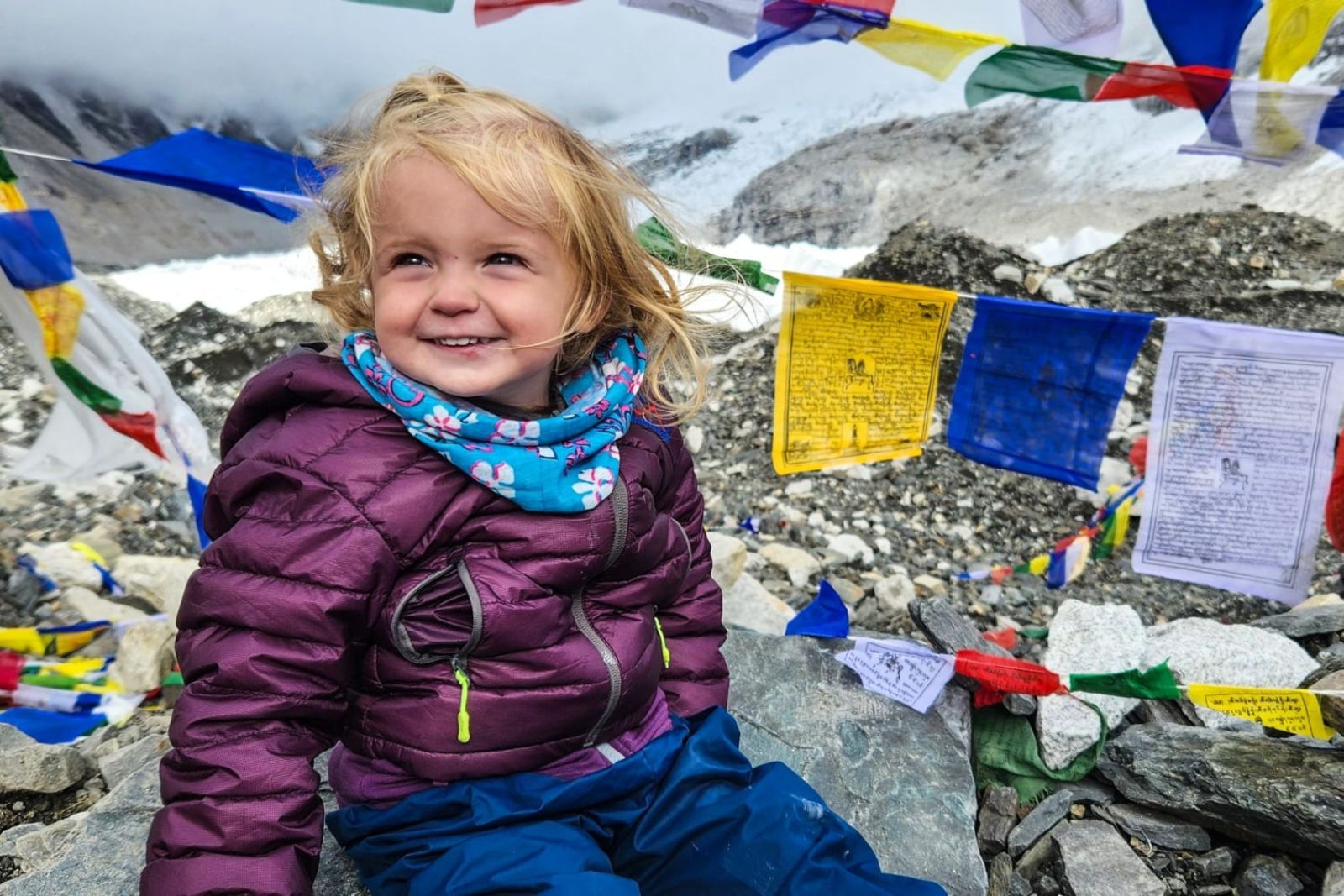
Everest Base Camp Trek with Kids: An Unforgettable Family Journey
Posted on: Monday, May 19th, 2025.The Everest Base Camp trek isn’t only for seasoned trekkers it can also be a rewarding adventure for families. With the right preparation and mindset, parents can take their children on this legendary trail and enjoy a once-in-a-lifetime experience together. Discover how your family can take on the Himalayas and create lasting memories on this iconic journey.
The Everest Base Camp trek stands as one of the world’s most legendary and rewarding trekking routes, offering a unique blend of adventure, culture, and breathtaking mountain scenery. It’s an experience that stays with you forever.
But have you ever thought about turning this iconic journey into a family adventure? What would it be like to trek to Everest Base Camp with your kids instead of going solo? Is it really possible to share this incredible experience as a family? Let’s explore the possibilities.
We’ve got the answers you’re looking for and the most important one is: yes, trekking to Everest Base Camp with kids is possible. Despite common misconceptions, there’s no strict age limit for the trek.
That said, the journey with children will be a bit different from a typical trek. It calls for extra preparation, thoughtful planning, and careful consideration of a few key factors to ensure a safe and enjoyable experience for the whole family.
In this blog, we’ve gathered all the essential tips and insights you’ll need to get ready for a successful Everest Base Camp adventure with your kids. Keep reading and take the first step toward making it a reality.
Is the Everest Base Camp Trek Suitable for Kids?
There’s a lot of mixed information out there when it comes to trekking to Everest Base Camp with children. Some say age 5 is fine, others suggest 10 or even 12 as the minimum age.
With so many opinions online, it’s easy to feel unsure about whether this epic journey is right for your child. So, let’s break it down and make things clearer for you.
The Everest Base Camp trek is often seen as challenging for certain age groups mainly due to the physical demands, mental resilience, and maturity needed to handle the tough conditions along the trail.
That’s why age 10 is generally considered a suitable benchmark for children who can enjoy the journey without facing too much discomfort or struggle.
However, this isn’t a fixed rule. With the right training, preparation, and by considering your child’s fitness level, ability to handle altitude, and love for the outdoors, it’s absolutely possible to go beyond the standard guideline. Many families have successfully done so in the past.
Many young adventurers have proven that age is just a number when it comes to trekking to Everest Base Camp. Over the years, various children have successfully completed the journey with their families, showing that with the right mindset, fitness, and preparation, it’s absolutely achievable.
These inspiring stories show that kids can take on this iconic trek, as long as they’re well-prepared and physically ready. And with the right guidance and support, your family can do it too. We’re here to help you get ready for this unforgettable adventure!
One of the most inspiring examples proving that age doesn’t have to be a barrier is the story of 5-year-old Abyan Imtiaz Irkiz from Singapore. In April 2024, Abyan became both the youngest and fastest child to reach Everest Base Camp entirely on foot. He completed the trek from Lukla to base camp in just eight days without being carried or using any external support like mules or porters. Walking alongside his father the entire way, Abyan’s achievement has set a new benchmark for young trekkers.
His journey shows what’s possible with proper planning, training, and strong family support. It also breaks the common misconception that only older children or teens can handle the demands of this high-altitude trek. Abyan’s accomplishment is not just about setting records, it’s a reminder that with the right preparation, children can also be part of extraordinary adventures in the Himalayas.
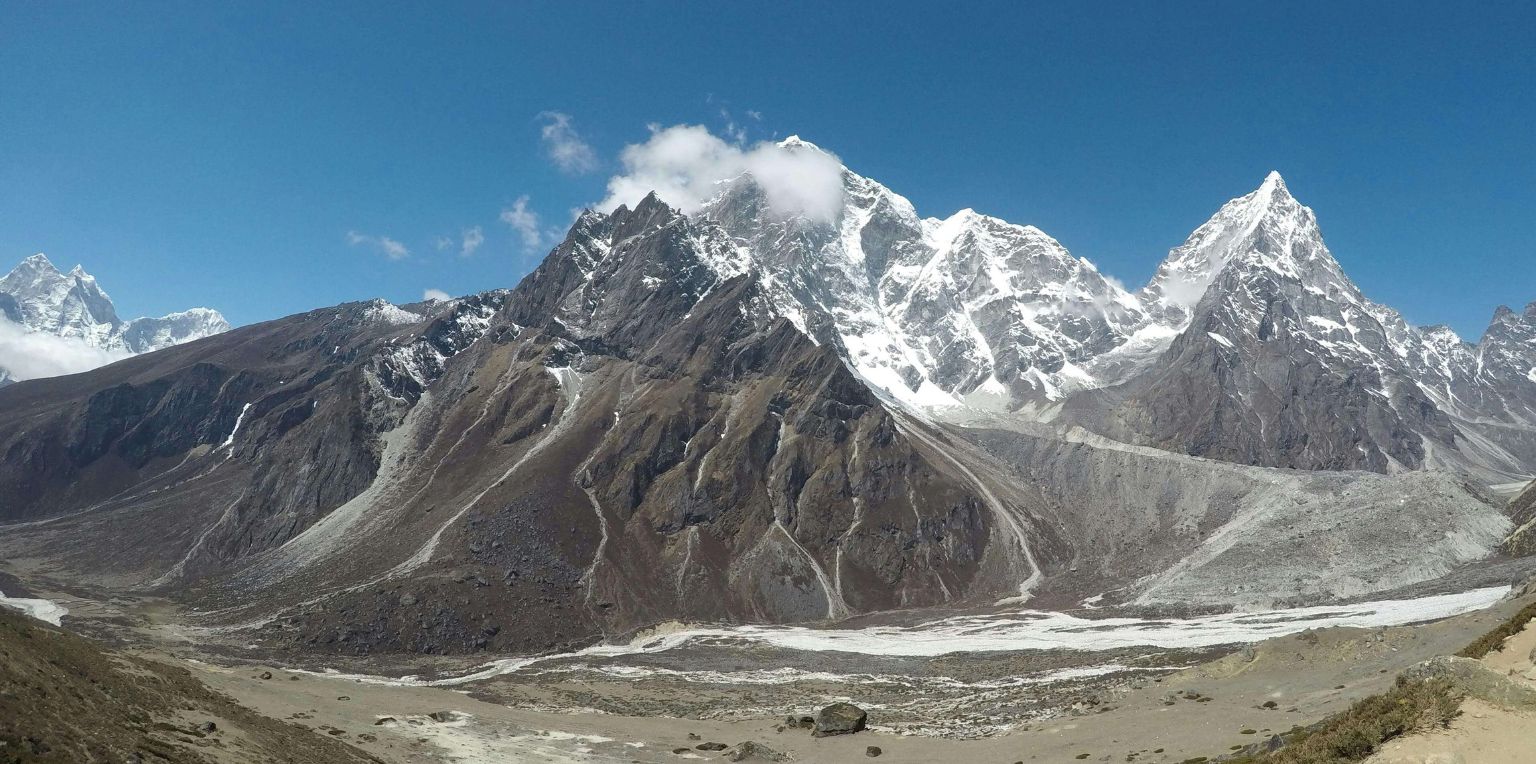
Best Time for Everest Base Camp Trek with Kids and Family
Choosing the best time for the Everest Base Camp trek depends on what you want from the experience. Generally, spring (March to May) and autumn (September to November) are the most popular seasons for trekking, thanks to clear skies and pleasant weather.
Winter months (December to February) are considered shoulder season colder and less crowded but still possible for trekking. On the other hand, the monsoon season (June to August) is usually avoided because heavy rains make the trail slippery and difficult, which is especially challenging when trekking with children. For a safe and enjoyable family trek, spring and autumn remain the best options.
You can still trek to Everest Base Camp during the winter and monsoon seasons if you prepare well and take extra precautions.
However, when trekking with a child, the situation changes significantly. The success of the trek depends heavily on careful planning, making it even more important to choose the right time of year.
For this reason, it’s best to avoid both the monsoon and winter seasons altogether. Winter trails are extremely cold, and while adults might manage with extra layers and blankets, it can be much harder for children to cope with these harsh conditions.
Monsoon season brings slippery trails, a higher chance of injuries, and the risk of landslides, making it dangerous even for adults not to mention children. Plus, heavy clouds often hide the stunning mountain views, which can take away from the experience for young trekkers.
That leaves two ideal seasons for trekking: autumn and spring, which are also the best times to visit Nepal. During these periods, you can expect mild and comfortable temperatures, clear skies, stable weather, and the breathtaking beauty of nature, all of which make the trek much more enjoyable.
Keep in mind that these are popular times, so it’s important to book your accommodation and travel early. Partnering with a trusted local trekking agency like Ama Adventure can also help ensure a smooth and comfortable journey for your family.
That means the best times to visit Nepal are during the autumn and spring seasons. These months offer pleasant temperatures, clear skies, and stable weather, all while you’re surrounded by breathtaking natural beauty making your journey even more enjoyable.
Keep in mind that these seasons can get quite busy, so it’s wise to plan ahead. Book your accommodation and transportation early, and team up with a trusted local trekking agency like Ama Adventure to ensure a smoother and more comfortable experience.
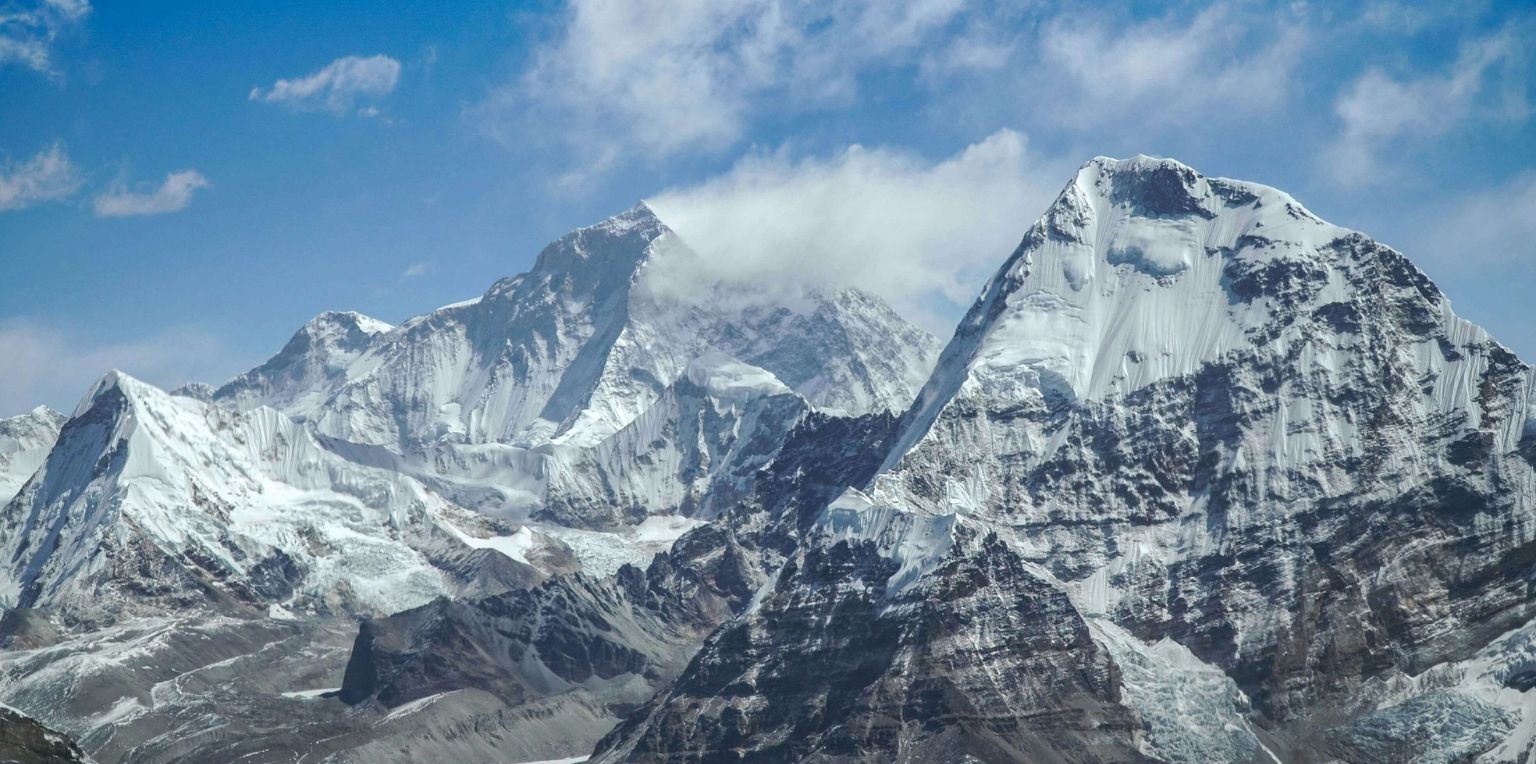
Getting Ready for the Trek
When trekking to Everest Base Camp with kids and family, the usual itinerary designed for adults may be too demanding for children. To make it more suitable, it’s important to adjust the plan by including extra rest days for acclimatization, moving at a slower pace, and keeping daily hikes shorter. This way, the journey becomes more comfortable and enjoyable for younger trekkers.
Include shorter trekking days that cover less distance and have minimal altitude gain. It’s also important to let kids take frequent breaks along the way instead of pushing them too hard, as their stamina isn’t the same as that of adults.
Add extra acclimatization days and take time to explore the villages along the way instead of hurrying through the trek. This helps kids adjust better to the altitude and prepares them for the climbs ahead.
Most importantly, avoid a rigid schedule. Keep your itinerary flexible so you can adjust for slower walking, weather changes, or any health concerns. Always be ready to turn back if needed it’s better to be safe.
Physical Preparation
Trekking to the Everest Base Camp can be demanding, even for adults. Therefore, while trekking with kids, it is important that you prepare them well in advance for the physical challenges of the trek.
The general fitness regime of adults including strength training and heavy exercises might not be suitable for kids. So, make sure to plan a different training regime based on their stamina and endurance.
Activities like running, swimming, cycling, or even dancing are great for kids as they help build heart and lung strength while getting them used to staying active for longer periods.
You can also take them on short hikes or regular walks, ideally in areas with some uphill sections to give them a feel of the real trail conditions at Everest Base Camp. If that’s not possible, stair climbing is another good way to help them prepare.
Keep the training enjoyable by involving kids in fun outdoor games, playful challenges, or even friendly family competitions. This way, they’ll have a good time while naturally building up their stamina and endurance.
Begin the preparations at least six months before the trek, so they get used to the muscle soreness that often comes after physical activity. Including regular stretching exercises will also help improve their flexibility and recovery.
Mental Preparation
Mental preparation is just as important as physical training, especially for kids. Being away from home, friends, and familiar surroundings, along with the demanding daily routine of the trek, can be overwhelming.
Help them get ready by regularly talking about the trek and what to expect. This helps them build a clear and realistic idea of the journey ahead, including the people they might meet and the experiences they’ll have.
Be honest about the challenges. Let them know about the cold weather, simple accommodation, long walking days, and the muscle soreness that can follow. Avoid downplaying the difficulty being upfront helps them feel more confident and prepared.
You can also show them photos and videos of the Everest Base Camp route to make things more relatable. Practicing breathing exercises or simple meditation together can help them stay calm and focused when things get tough on the trail.
Food and Nutrition
Keeping an eye on your child’s diet during the trek is key to maintaining their energy and avoiding issues like sickness or altitude-related problems.
The teahouses along the Everest Base Camp route offer healthy and nourishing meals. Encourage your kids to try the local food, as it’s not only delicious but also helps them get the nutrients they need to stay strong and balanced throughout the journey.
Also, make sure your kids stay well hydrated during the trek. High-altitude conditions can lead to dehydration, so it’s important to encourage them to drink plenty of water throughout the day. Carry oral rehydration salts just in case they need an extra boost.
It’s a good idea to pack some extra snacks too—things like dry fruits, nuts, protein bars, and chocolates can provide quick energy when needed and keep their strength up along the way.
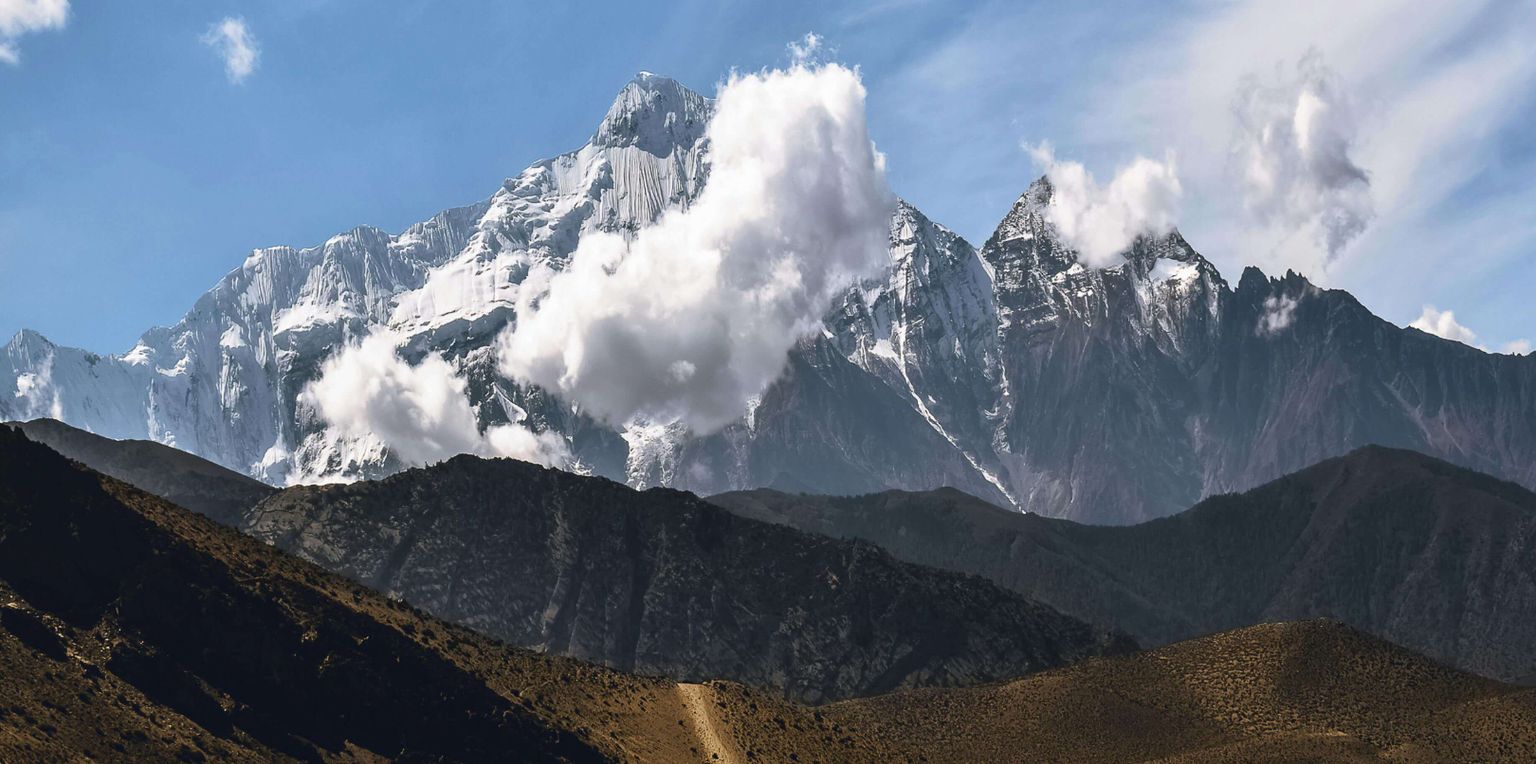
Essential Gear for Kids
Packing the right gear is key to keeping your kids safe and comfortable on the trek. While the usual Everest Base Camp packing list works as a guide, you may need to adjust a few things to better suit your child’s needs.
Focus on clothes that can be layered, including thermals, fleece jackets, waterproof pants and jackets, and a warm hat to help them stay protected from the cold.
Also, make sure their hiking boots fit well and are properly broken in. Uncomfortable shoes and blisters can quickly turn the adventure into a tough experience.
Enhancing the experience for kids
The Everest Base Camp trek is an exciting adventure full of stunning landscapes and rich cultural encounters. However, it can be physically demanding, especially for children, and may sometimes affect their enthusiasm.
To help them truly enjoy the experience rather than just get through it, it’s important to keep them engaged and entertained along the way. A fun and active mind can make the physical journey feel much lighter.
One way to do this is by organizing a nature-based scavenger hunt. Make a list of things for them to look out for, like rhododendrons, Himalayan Thar, or colorful birds. This keeps them curious and connected to their surroundings.
Another helpful idea is to break the trek into smaller sections and celebrate each one with a small reward. Whether it’s completing a tough climb or reaching a scenic viewpoint, these little milestones give them something to look forward to and boost their motivation.
Encourage your kids to get creative during the trek by taking photos or keeping a journal where they can collect simple, non-disruptive mementos like leaves or pressed flowers. It’s a great way for them to capture and reflect on their journey.
The clear mountain skies, far from the haze of city life, offer a perfect chance for stargazing. Take the time to point out constellations and talk about the stars it’s a magical experience that adds to the wonder of the trek.
The Everest Base Camp trek is also rich in culture. Let the kids interact with locals, join in on traditional customs, and learn about regional beliefs and legends. These moments add depth and mystery to the adventure.
This is also a great opportunity to introduce them to the inspiring history of Everest. Share stories of legendary climbers and their daring climbs. Teach them a few basic Nepali words and make sure to stop by the monasteries along the trail they offer both peace and insight into local life.
Along the way, you can also use the journey to teach valuable skills such as reading maps, understanding the basics of wilderness safety, and learning simple first aid lessons they’ll carry with them long after the trek ends.
Safety and Emergency Planning for Everest Base Camp Trek with Kids
Trekking to Everest Base Camp with children calls for extra care and thorough preparation, especially when it comes to safety and handling emergencies medical or otherwise.
Start by planning a gradual ascent. While the elevation gain might feel manageable for adults, it can be much tougher on kids. Break the journey into shorter daily hikes to allow their bodies time to adjust to the altitude and lessen the physical strain.
Be sure to include enough acclimatization days in your itinerary. Watch closely for early signs of altitude sickness in children, such as headaches, nausea, dizziness, or vomiting. Recognizing and responding to these symptoms early can make a big difference.
Keep your kids well-hydrated and offer them healthy snacks like protein bars regularly to maintain their energy levels.
It’s wise to hire local guides and work with agencies experienced in organizing family treks. Local guides not only know the region well but are also trained to handle emergencies.
Although your guide will likely have basic first-aid skills, it’s a good idea for at least one family member to be trained in first aid as well. Learn how to treat common issues like cuts, blisters, and symptoms of hypothermia.
Bring a complete first-aid kit tailored for the trail. This should include bandages, antiseptic wipes, blister care, fever reducers suitable for kids, and any personal or prescription medications your family may need.
Stay connected by purchasing a local SIM card while Wi-Fi is available in some places, it’s not always reliable. Make sure you have important local contact numbers with you at all times.
Don’t forget to secure a comprehensive travel insurance policy for everyone in the group, including coverage for emergency evacuation. Also, keep an eye on the weather forecast each day so you can plan your steps accordingly and avoid any surprises on the trail.

